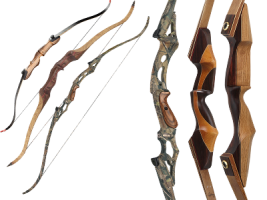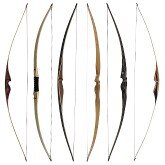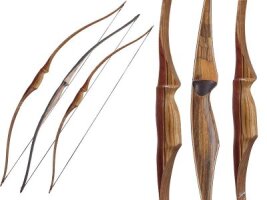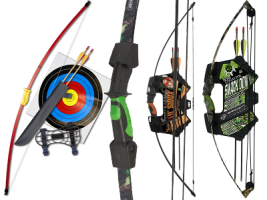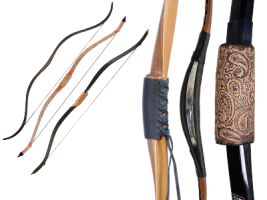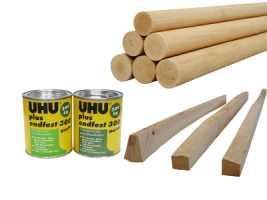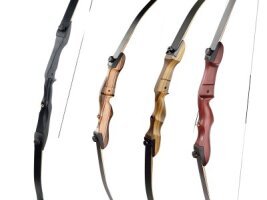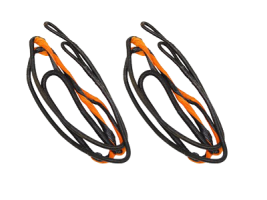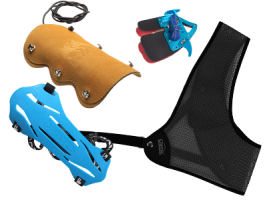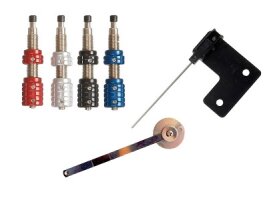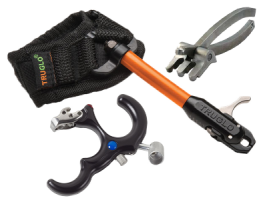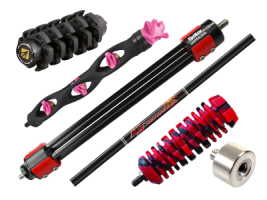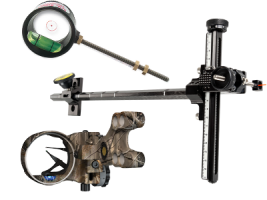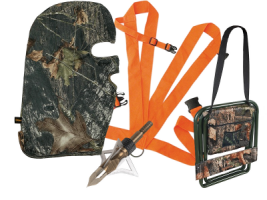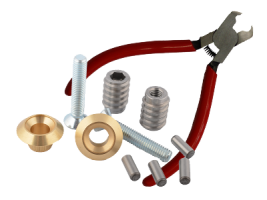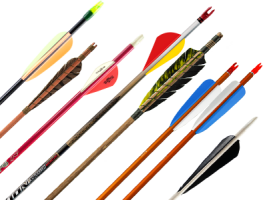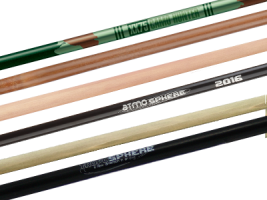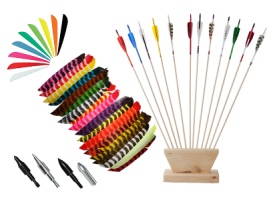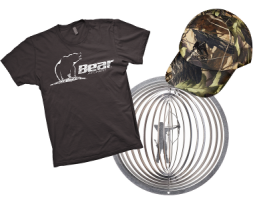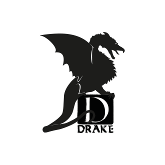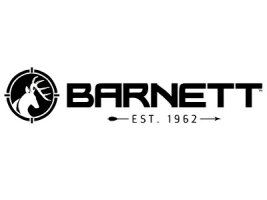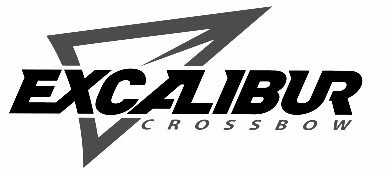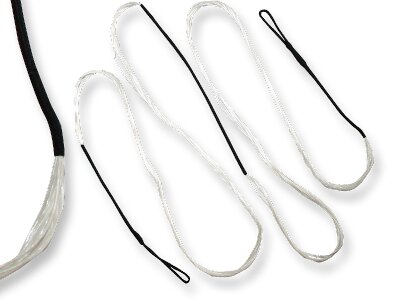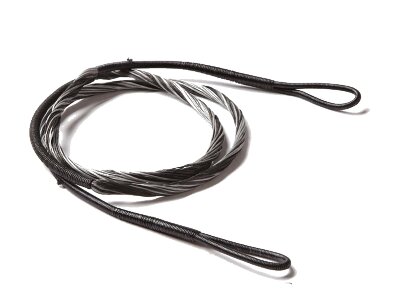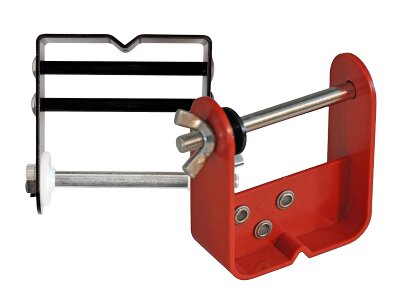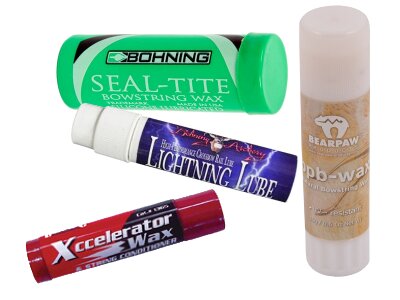What moves the arrow - The bowstring
Archery is a sport that is as demanding as it is fascinating and success in archery depends on a variety of conditions. In addition to the talent of the archer, the use of sports equipment that is perfectly matched to the archer makes a decisive contribution.
The right bowstring is a crucial element here. It transfers the power of the limbs to the arrow and ultimately delivers it to the target with precision. That's why you need to know how to use a bowstring.
Differences in bowstrings
A bowstring is made from yarn, whereby several strands make up the string. The number of strands depends on the strength of the bow, so a bowstring with 14 strands is usually used for a bow with a draw weight of up to 45 pounds and a 16-strand bowstring for a bow with up to 55 pounds.
There are two types of tendon - the endless tendon and the spliced tendon. In the endless string, a single strand is wound around two rods until the string has the desired strength. The spliced sinew, also known as a Flemish splice, is made from several interwoven strands. The loops ("eyelets") at each end of the sinew are created by splicing in the sinew.
Our ancestors used plant fibers (nettle, flax, hemp, ramie, cotton, kapok, bamboo) or animal components (animal sinew, gut, rawhide, hair) to make bowstrings. Historically, it is known that Mongolian reflex bows (composite bows) in the early Middle Ages often had bowstrings made from twisted walrus skin. Later, the Vikings also preferred walrus skin on their longbows.
Today, bowstrings are made from high-quality and extremely tear-resistant synthetic fibers, whereby there are two main quality categories of string yarn used - Dacron and Fast Flight. Strings made from Dacron stretch relatively strongly, therefore do not put as much strain on the throwing arm and are preferred for cheaper bows. High-quality bows are almost exclusively strung with a string made of Fast Flight. Strings made from Fast Flight stretch only minimally or not at all. Only heat can cause the string to elongate.
Bowstrings are reinforced in the middle section with a so-called middle winding. This prevents the string from being subjected to too much strain here, for example by hitting the armguard. The middle winding also prevents the string from cutting into the fingers when it is pulled.
At archery-shop.co.uk you will find a wide range of standard and special strings as well as care products. Would you like to build your own bowstring? Our online store also has a comprehensive selection of twines and windings from the brands BEARPAW, BROWNELL and BCY as well as accessories from the manufacturers BOHNING, CARTEL, AAE, BEITER, BEARPAW and SPIGARELLI.


